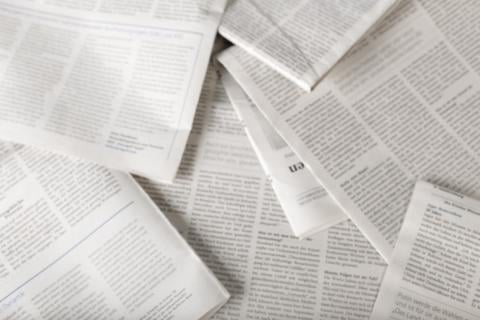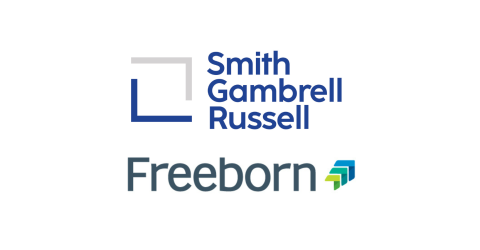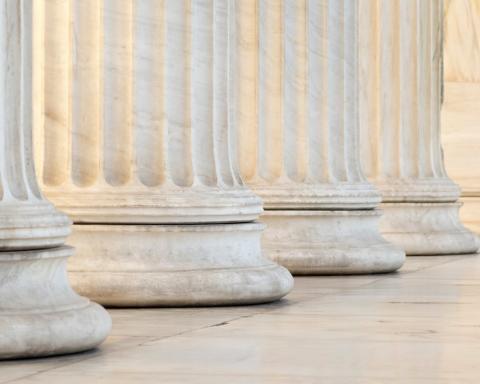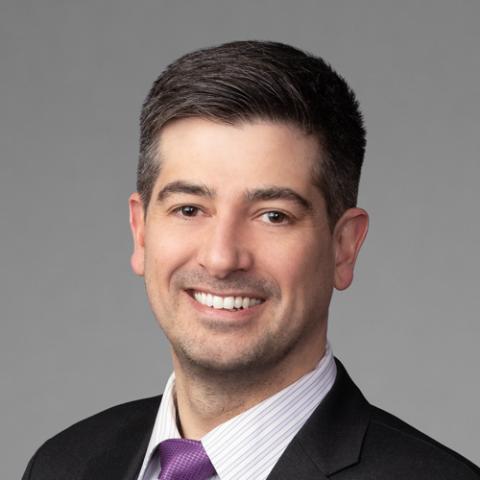Written by Attorney Aishwarya Totad and Partner Troy D. Smith for the Summer 2022 Edition of Powerhouse Points, A Quarterly Litigation Update.
Read the full issue here.
Powerhouse Points:
- The Supreme Court declined to clarify its twostep framework to analyze patent subject matter eligibility.
- Despite the established framework, its application by courts continues to result uncertainty as what subject matter is eligible for patent protection, especially with respect to the application of law of nature.
- The Section 101 analysis could benefit from clarification by the Supreme Court and, without it, further litigation will ensue regarding whether certain inventions are patent-eligible subject matter.
Patent law in the United States is far from straightforward. For an invention to be protected with a patent, the invention must be subject matter eligible, novel, useful, and non-obvious. The first criteria, subject matter eligibility, is often the cause for much uncertainty in the patent community. In two landmark decisions, Mayo and Alice, the Supreme Court has established a two-step framework to analyze patent subject matter eligibility. This framework, however, has not removed the uncertainty in the patent eligibility analysis, as evidenced by the pleadings in the American Axle case. After the Federal Circuit affirmed the district court’s ruling that the patent was invalid as being just a simple application of a natural law, American Axle filed a combined petition for panel rehearing and rehearing en banc. The Federal Circuit, in a 6-6 split, denied the petition, leading to American Axle filing a petition for a writ of certiorari to the Supreme Court asking for clarification on the test to determine patentable subject matter.
Section 101 of the Patent Act defines the four statutory categories of patent-eligible subject matter as any new and useful (i) process, (ii) machine, (iii) manufacture, or (iv) composition of matter, or any new and useful improvement thereof. In contrast, inventions that are directed to laws of nature, abstract ideas (for example, mathematical equations or formulae), and natural phenomena are not eligible for patentability. In Diamond v. Diehr, the Supreme Court said that while an abstract idea is not patentable, the application of a law of nature or mathematical formula to a known structure or process may be patentable. It is here where the issue lies with the American Axle case. American Axle brought a patent infringement lawsuit against Neapco Holdings for a method of manufacturing driveline propeller shafts containing a liner designed to attenuate two modes of vibration simultaneously. The district court granted summary judgment of patent ineligibility under Section 101, which was then affirmed by the Federal Circuit.
The question in this case was if American Axle’s invention was ineligible for patent protection as being a simple application of Hooke’s Law. The en banc request was denied with a 6-6 split of the Federal Circuit. Half of the Federal Circuit found that the claim contains “no further identification of specific means of achieving” specific results beyond simply claiming Hooke’s Law. The other half of the Federal Circuit reasoned that the claims do more than simply reciting a law of nature and included elements necessary to produce the desired effect of reducing the vibrations. This latter point implicates Diehr, where the Supreme Court held that “when a claim containing a mathematical formula implements or applies that formula in a structure or process which when considered as a whole, is performing a function which the patent laws were designed to protect then the claim satisfies the requirements of 101.” The question that then arises is if this holding should have been applied to the American Axle patent such that the patent would have survived.
American Axle’s petition for writ of certiorari asked the Supreme Court to clarify: (1) the appropriate standard for determining whether a patent claim is directed to a patent ineligible concept, and (2) if patent eligibility was a question of law for the court based on the scope of the claims or a question of fact for the jury based on the state of art at the time of the patent. The Solicitor General filed an amicus brief laying out the unpredictability of the current patent subject matter eligibility standard and urged the Court to answer at least the first question presented in American Axle’s petition.
On June 30, 2022, the Supreme Court denied American Axle’s petition without explanation, bypassing the opportunity to clarify the Section 101 analysis.









